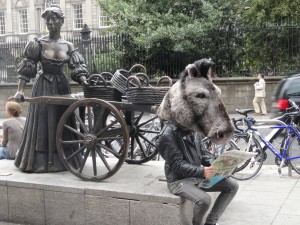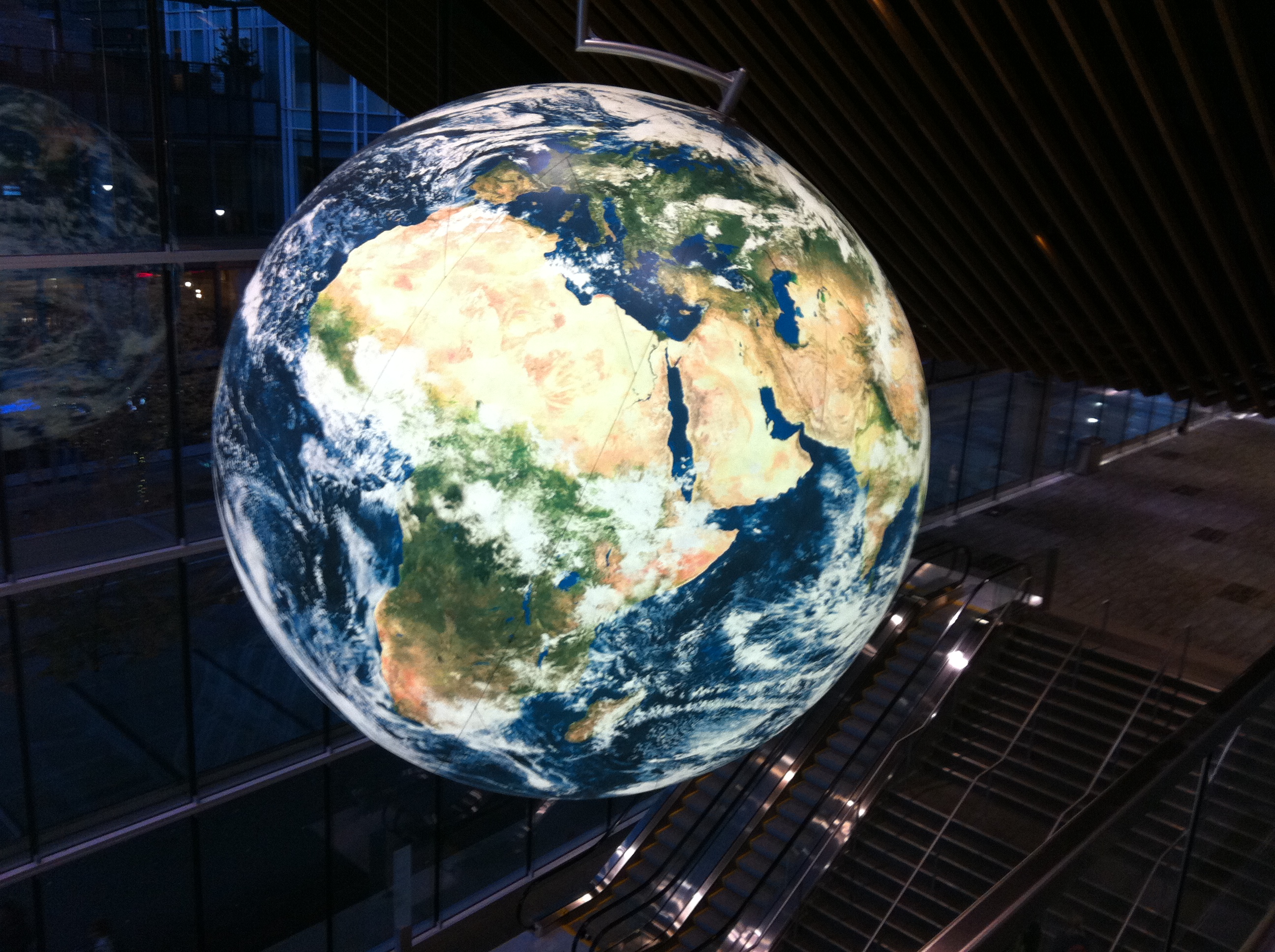Expect to see a few changes on Science Traveler in 2015. I’m looking at a new landing page, new focus on current and upcoming books, and a greater emphasis on science traveling itself.

This past year had some great traveling – Argentinian glaciers, Giant Sequoias, and quaint villages. There was also my annual science conference (Vancouver) and my first of what will be annual Lincoln conferences (Gettysburg). The year 2015 will see me in at least three new countries…and a rock in the middle of nowhere.
The rock is where I start. Next week I’ll fly to Miami, then drive out to the Everglades, snorkel in Biscayne Bay, drive all the way to Key West, and board a float plane to get to the rock – Fort Jefferson in the Dry Tortugas. Not only is the reef beautiful, but the place is where the four convicted conspirators from Abraham Lincoln’s assassination were imprisoned (the ones that weren’t hung). So the trip is both science and Lincoln, always a great combination.

The following week will find me in New York City doing some research for the next book. I may be back in The City in April for a writing conference.
Early June (or perhaps late August) should see me in Scandinavia. When I was living in Brussels I saw a lot of Europe, including Finland, but I never made it to Norway, Sweden, and Denmark. This year I’m making it. Details are still being worked out and should include Stockholm, Copenhagen, and Oslo, as well as a train/boat/bus/train adventure through the mountains and fjords on the way to Bergen.

After my annual trip to New England to visit parents and old high school friends in July, October should see us in China (and some other country yet to be determined). November could be Salt Lake City and environs for a combined SETAC and science traveling jaunt, plus back to Gettysburg for the Lincoln Forum. [Update: Within the last few minutes the possibility arose of going to Montreal during my New England trip, with a stop at Tesla’s birthday event on Long Island on the way back.]
Somewhere in the year I need to squeeze in a research trip to Chicago/Springfield (Illinois), some other off-the-beaten-path trip (Mt. Rushmore?), and, hopefully, a few more science traveling adventures. Check back for more details, as well as photos and stories from the road.
2015 will also see me preparing more travel articles for publication, beginning with the great experiences emanating from Argentina. Look for more science traveling articles in magazines.
Finally, if you missed them, the latest articles in Hot White Snow, The Dake Page, and here on Science Traveler cover Reading is Fundamental, Welcome to a Critical Year in Climate, and Abraham Lincoln Book Acquisitions.
See you again shortly.
David J. Kent has been a scientist for over thirty years, an avid science traveler, and is the author of Tesla: The Wizard of Electricity and the e-book Nikola Tesla: Renewable Energy Ahead of Its Time.
Follow me by subscribing by email on the home page. And feel free to “Like” my Facebook author’s page and connect on LinkedIn. Share with your friends using the buttons below.
























 One year ago today I left behind the first half of my life. After more than 30 years as a working scientist I had decided to give up a comfortable salary for a life of (essentially) no income. I would become a poor starving writer.
One year ago today I left behind the first half of my life. After more than 30 years as a working scientist I had decided to give up a comfortable salary for a life of (essentially) no income. I would become a poor starving writer. I went to Hanoi before going to Hanoi became cool. Long after the Vietnam War but before the United States normalized relations with the unified communist nation, my first major trip out of the country was to a place that remains very much foreign to most Americans.
I went to Hanoi before going to Hanoi became cool. Long after the Vietnam War but before the United States normalized relations with the unified communist nation, my first major trip out of the country was to a place that remains very much foreign to most Americans.










